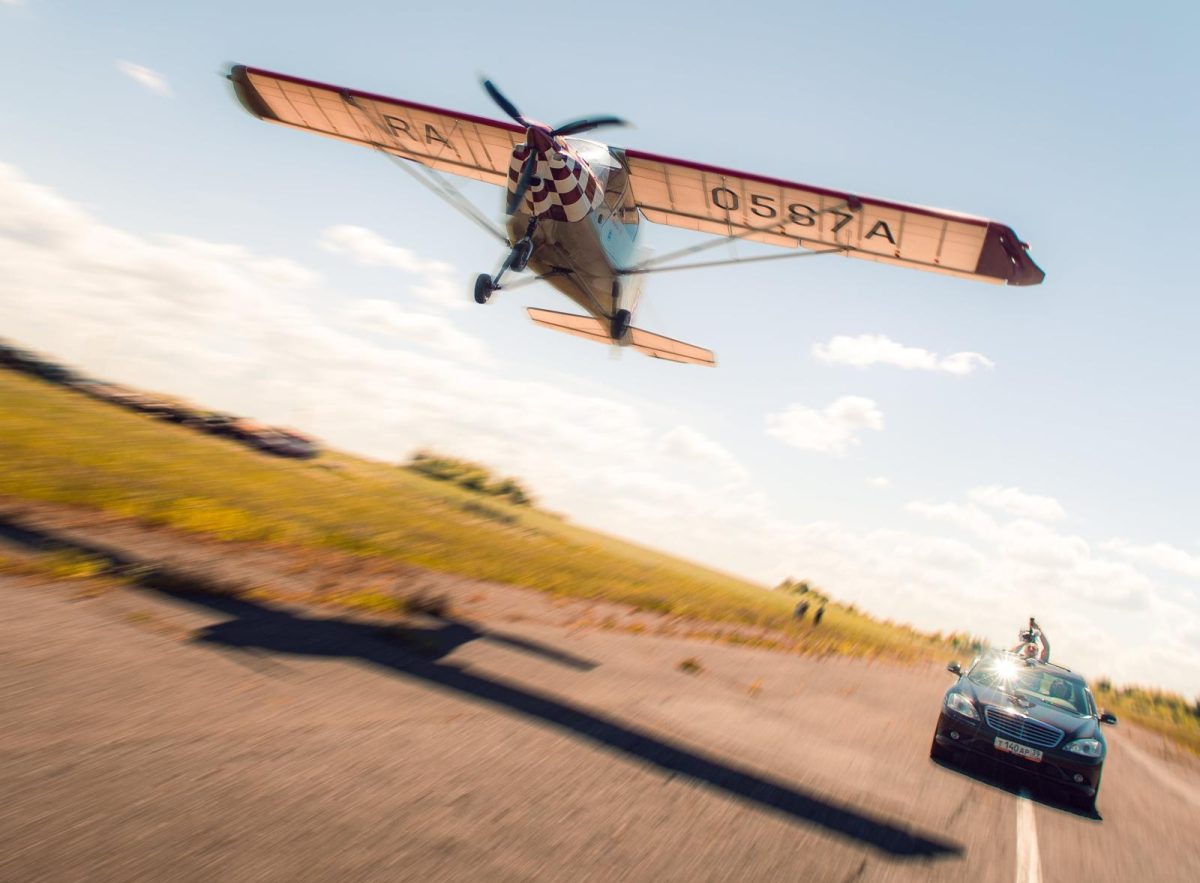Have you ever imagined getting into your car and taking off into the sky? If so, you might want to learn more about flying cars because they are coming in the near future. Actually, they are the future of long-distance travel, and they are better for the environment.
To truly understand flying cars, we need to understand who designed the first flying car. That person would be Glenn Curtiss who surprisingly made a flying car in 1917. His ‘Aerocar’ was considered road and air worthy at the time because he attached an aircraft for flight which he had designed for the car.
Flying cars have come a long way since Curtis’ original design. The newest flying car is called the Helix eVTOL made by Opener Aero (as shown to the right) which will be available to buy for $190K in 2024. The newest flying cars will not require a pilot’s license to operate because they have groundbreaking technology to take off and landing, so it is like driving a car. It uses an electric vertical take-off and landing which is called eVTOL. Soon there will be another flying car called the Aska A5 that is scheduled to launch from a California based startup in 2026 with a price tag of a staggering $800K.
There are some problems with flying cars that need to be addressed. First, the number one problem of flying cars is that breaking down results in falling thousands of feet to the ground. There will be a safety feature that is coming to prevent this. Another problem is bad weather which will result in flying cars being hard to maneuver and difficult to keep in the sky. Probably the biggest downside of flying cars is the capacity of the cockpit and size of the car itself. Since the FAA has made a law that each flying car will have a 1,320-pound maximum takeoff weight, flying cars might only be for one person with some. Until a new technological breakthrough, flying cars might only be for one person, with some extra weight such as luggage or groceries.
There are upsides, though. A big upside to flying cars is the elimination of traffic jams. Also, by reducing the land required for roads and carbon emissions associated with making them will preserve natural habitats and increase mobility and convenience. The best upside to flying cars is they have a maximum flying speed of 200 mph which means that we could travel 100 miles in 30 minutes, instead of one and a half hours.
With the upsides and downsides in mind, buying a flying car could be a difficult choice. Flying cars can go faster, can be safer, and preserve our environment. With everything in mind, including the price, flying cars would be a purchase to consider.





